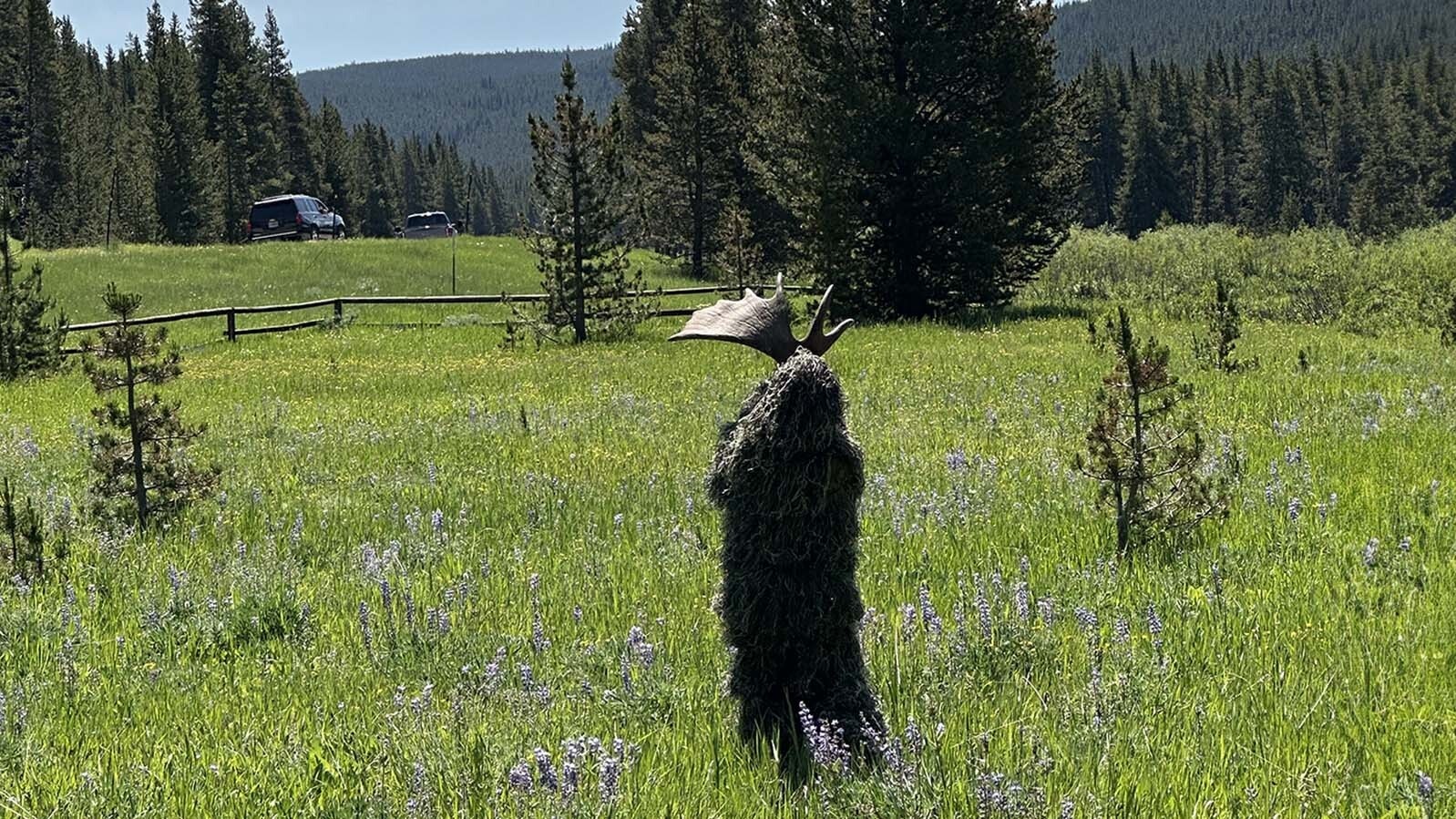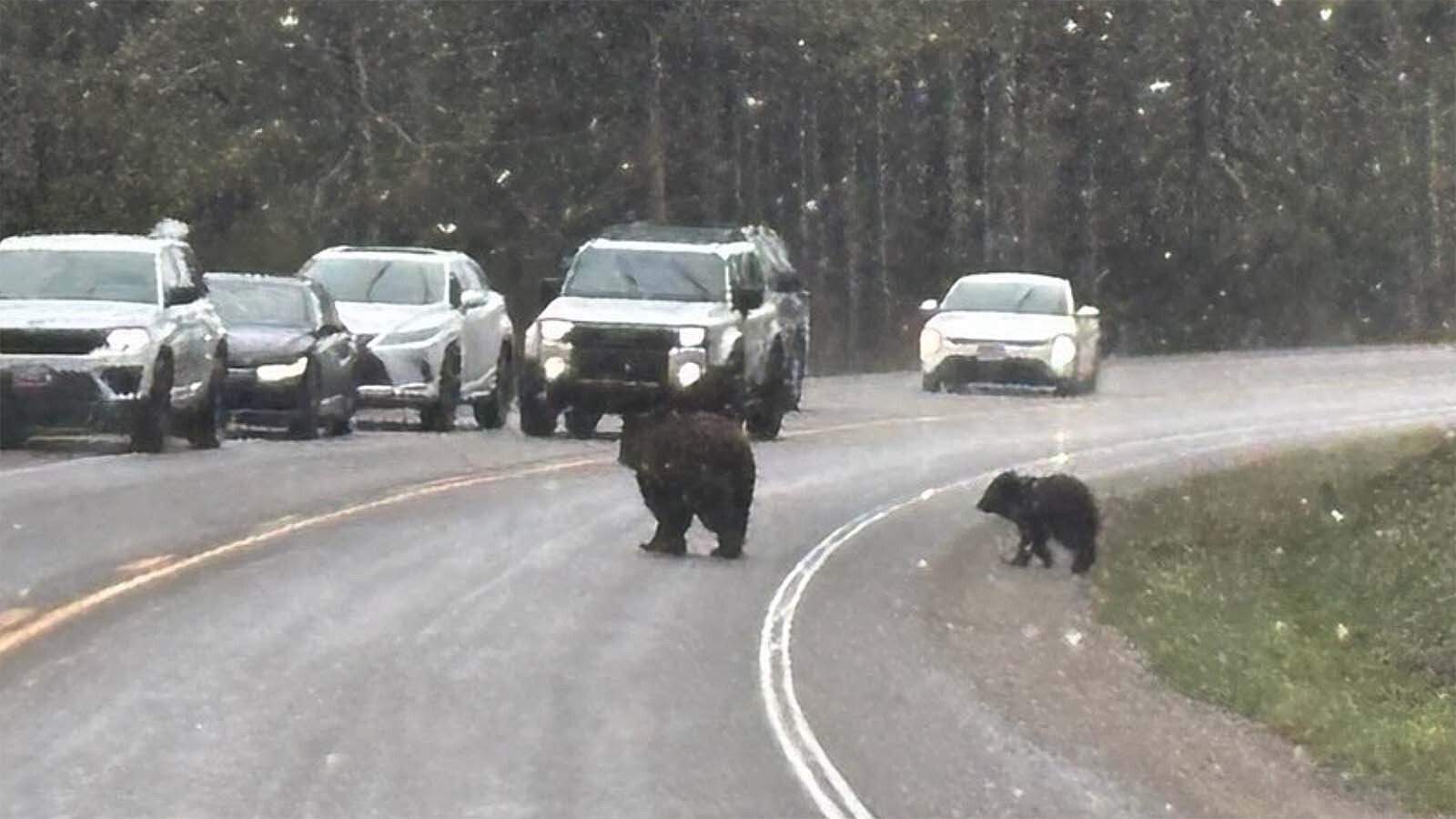Efforts to delist grizzly bears in the Greater Yellowstone area gained steam Thursday when Wyoming’s U.S. senators brought the matter before Congress.
Republican Sens. Cynthia Lummis and John Barrasso introduced the Grizzly Bear State Management Act of 2023, a measure that would remove Endangered Species Act protection for Greater Yellowstone grizzlies and pass management of them to the Wyoming Game and Fish Department, along with state agencies in Montana and Idaho.
If successful, it would likely mean that Wyoming Game and Fish would establish a grizzly bear hunting season and start offering hunting tags for them.
Lummis and Barrasso were joined in introducing the bill by Republican Sens. Mike Crapo and James Risch of Idaho, and Steve Daines of Montana.
Gov. Gordon Already On It
It’s not the first move this year to delist Wyoming grizzlies.
Earlier this month, Gov. Mark Gordon announced that he had successfully petitioned the U.S. Fish and Wildlife Service to possibly delist the grizzlies, contingent upon a yearlong research and comment period.
There’s reason to think Gordon’s effort will work, because Game and Fish and USFWS biologists have solid proof that there are at least 1,000 grizzlies in the Greater Yellowstone area, retired U.S. Department of the Interior official Rob Wallace told Cowboy State Daily.
“The evidence is irrefutable that the grizzly bear has recovered,” said Wallace, who lives in northwest Wyoming.
Feds Want It Too
Moreover, the USFWS wants the bear delisted and management handed over to states, Wallace said.
He retired in 2021 as assistant U.S. secretary of the Interior for Fish, Wildlife and Parks, a position in which he oversaw the USFWS.
Lummis echoed those sentiments in a statement about the Congressional delisting bill.
“By all scientific measures, the grizzly bears of the Greater Yellowstone Ecosystem are fully recovered,” she said. “Reproductive numbers are stable and the population is at or near its max capacity for the habitat.”
In a separate statement released Friday, Lummis acknowledged the efforts of Gordon and the USFWS to delist the bear, saying that “this time, I hope it sticks.”
She said that she and the other senators reintroduced the Congressional bill to “drive home the notion” that the grizzlies have recovered and should be managed by Wyoming and the other states.
Lummis is “fully supportive” of Gordon’s effort, her spokeswoman, Abegail Cave, told Cowboy State Daily.
The congressional bill is “in conjunction with” the Gordon-USFWS plan to delist the grizzlies, Cave said, adding that the federal push could serve as a backup plan in case that effort falls through.
Protected Since 1975
By the 1970s, the Greater Yellowstone grizzly population in Wyoming, Montana and Idaho had dwindled to 136 bears, most of them holed up inside Yellowstone Park. In 1975, they were placed under Endangered Species protection so that they could recover.
Their numbers have grown steadily ever since, and efforts to delist them began in the early 2000s. The closest call came in 2018. It seemed certain the delisting would go through, and Game and Fish began issuing grizzly hunting tags.
However, that was halted by a federal court injunction to keep the bears on the Endangered Species list, and they’ve remained under federal protection since.





